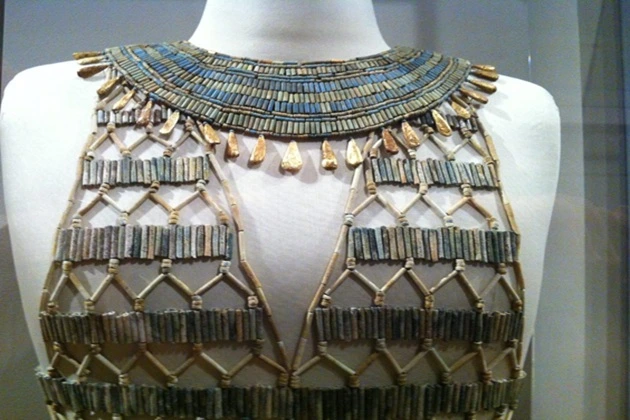A study published in Molecular Biology and Evolution indicates that the habitual wearing of clothing began between 83,000 and 170,000 years ago based on a genetic analysis indicating when clothing lice diverged from their head louse ancestors.
Humans are the only representatives of the mammalian class who wear clothes. This article will discuss when and why people start wearing clothes.
Why did people start wearing clothes
Archaeologists’ findings show that people lived in Eurasia during the last Ice Age, about 115,000- 11700 years ago. This means that clothes were needed, at least because of the cold weather. Try to stay outside at an average temperature of +7.8 °C!
Later, it worked the other way: clothes could save you from sunburn and overheating in hot regions. They also protected me from insect bites.
When did the clothes appear
The earliest evidence dates back to the Ice Age. Of course, the clothes have not been preserved, but prototypes of sewing needles and tools for scraping skins indirectly prove that people had them.If it was necessary to cut off the skin, a blade was used, and an awl was made from an elongated animal bone, such as a forearm or rib, for piercing it. Visit. A F R I N I K . C O M . For the full article. For example, fragments of animal skin have been found in the Kuna cave in Morocco, which were probably once part of clothing.
Around this time, people started wearing shoes, which consisted of leather, fur, or plants wrapped around the leg.
How the clothes changed
Gradually, clothing acquired another function—emphasizing social status and expressing oneself. For this purpose, people began to decorate it. Again, this was done during the last ice age.
Some of the earliest dyed flax fibers, dating back to 34,000 BCE, were found in a prehistoric cave in Georgia. Dyes were also made in other regions, usually by combining ochre powder, ash, and bones, but sometimes, plants were used.
Sea shells dating back about 100,000 years have also been found, with beads likely sewn onto clothing. One example comes from the Upper Paleolithic site of Sungir on the eastern outskirts of Vladimir. More than 13,000 beads carved from mammoth ivory were found covering the skeletons of an adolescent, a child, and one adult male.
The orderly arrangement of the beads led archaeologists to believe they were sewn onto fitted clothing. Over time, new materials and other ways of decorating clothes appeared. So, the desire to dress no longer depended on the climate.
